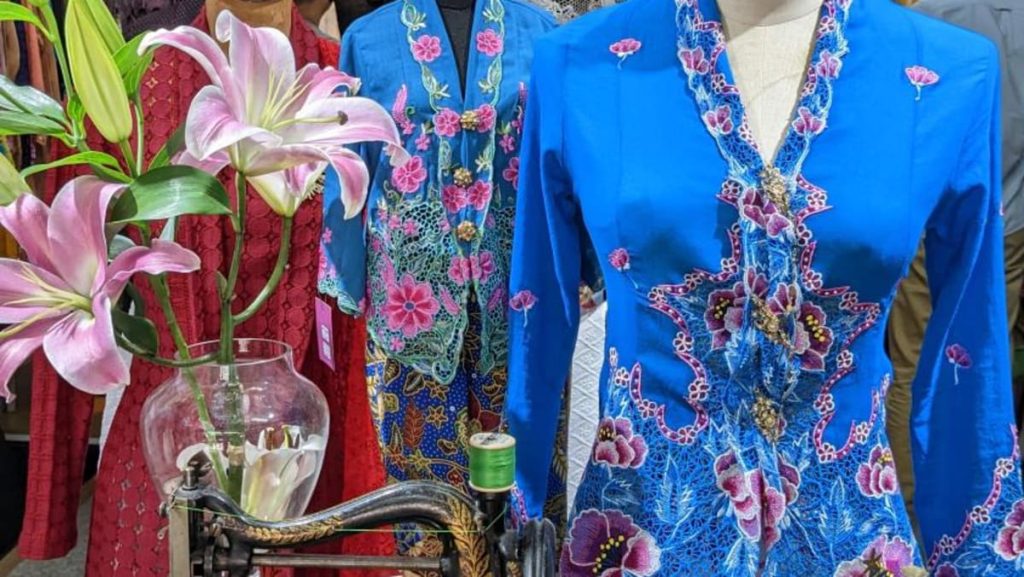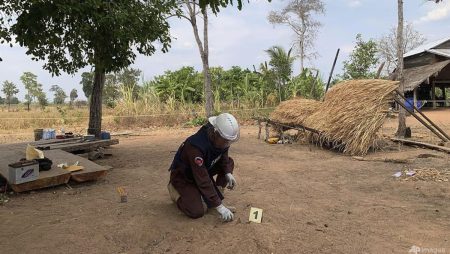The kebaya, a traditional blouse-dress combination often characterized by its embroidered fabric and intricate design, has garnered significant recognition by being inscribed onto the UNESCO representative list of the intangible cultural heritage of humanity. This landmark announcement was made following a meeting of the UNESCO intergovernmental committee in Asuncion, Paraguay, culminating in a collaborative effort involving representatives from at least 130 state parties and organizations dedicated to preserving cultural heritage. The inscription not only highlights the kebaya’s cultural significance but also serves to promote awareness and appreciation for the rich cultural traditions that it embodies across Southeast Asia.
The kebaya’s nomination was a noteworthy collaborative endeavor between five Southeast Asian nations: Brunei, Indonesia, Malaysia, Singapore, and Thailand. This joint nomination marks the most extensive representation from Southeast Asia to date, underlining the kebaya’s shared cultural relevance to these countries. As noted by the National Heritage Board (NHB), the kebaya stands as a symbol of collective identity, fostering cross-cultural understanding among the participating nations. The successful nomination illustrates how traditional attire can transcend geographic boundaries and connect diverse cultures, enabling communities to celebrate their interwoven histories.
Throughout the nomination process, the countries involved demonstrated exceptional community engagement, which contributed to the successful evaluation of the kebaya under the five criteria set forth by the UNESCO intergovernmental committee. The strong level of participation at both national and regional levels illustrated a profound appreciation for the kebaya and its role in the cultural tapestry of Southeast Asia. The committee commended the participating nations for their ability to unite in recognizing the kebaya as a vital cultural element while fostering a sense of community and belonging among various ethnicities and cultures present in the region.
Singapore’s Minister for Culture, Community and Youth, Edwin Tong, emphasized the significance of this milestone during a recent address. He noted that the inscription not only acknowledges the kebaya’s cultural heritage but also represents a unifying force for Singapore and the wider Southeast Asian region. Tong highlighted the opportunity this recognition presents in promoting greater cross-cultural understanding and unity, suggesting that such collective celebrations of heritage contribute to a more cohesive society. By honoring the kebaya, these nations are laying the groundwork for more significant cultural collaboration and recognition in the future.
The UNESCO intangible cultural heritage list was established in 2008 to acknowledge and preserve elements of cultural heritage that reflect the diversity of human traditions and practices. The list aims to raise global awareness regarding the importance of intangible heritage, encouraging dialogue that respects and values cultural diversity. By placing the kebaya on this prestigious list, UNESCO and the participating countries reinforce the significance of not just protecting cultural practices but also celebrating them as living expressions of identity that connect past and present generations.
As the kebaya takes its rightful place on the UNESCO list, this development underscores the importance of nurturing cultural heritage within communities. It poses a unique opportunity for the participating countries to further educate their populations about the kebaya’s historical significance and contemporary relevance. The inscription serves not only as a recognition of the kebaya’s artistry and craftsmanship but also as a platform for fostering appreciation and dialogue surrounding the myriad cultural narratives woven into the fabric of Southeast Asian identity. With this recognition, the kebaya becomes a beacon of cultural pride, helping to preserve and promote the rich tapestry of traditions that define the region.










